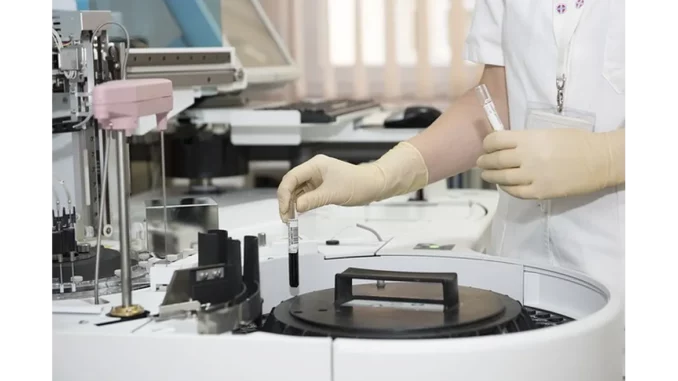
In the swiftly advancing realm of healthcare, the demand for novel solutions consistently propels market growth. In a conversation with Dr. Robert Walker, an esteemed material scientist with over twenty years of experience in the medical supplies sector, we explored the nuances of the plastic fittings and tubing market within the pharmaceutical and medical industries. Dr. Walker’s insights illuminate the trajectory of this market, which has surged past the USD 7.17 billion mark in 2023, with projections indicating a 6.1% annual growth rate until 2032.
The dynamics of this market are largely shaped by the healthcare industry’s increasing shift toward disposable medical devices. Dr. Walker explains, “The emphasis on infection control and the prevention of cross-contamination has never been more critical. Consequently, there is a growing adoption of single-use devices, which not only reduce patient risk but also comply with stringent regulatory standards.” Within this context, plastic fittings and tubing are indispensable, owing to their versatility in applications ranging from intravenous sets to sophisticated drug delivery systems. These components are vital for providing sterile and secure fluid management solutions needed by healthcare providers.
Moreover, advancements within the biopharmaceutical sector serve as a significant catalyst for market expansion. Dr. Walker observes, “The focus on biologics, vaccines, and personalised medicine necessitates systems that ensure sterility and are free from contamination.” Plastic fittings and tubing play an essential role in preserving sterility throughout the drug production and transfer processes. This demand for high-quality plastic components drives manufacturers to innovate constantly, developing materials that adhere to rigorous safety and regulatory standards. Dr. Walker underscores that “innovation is not merely about meeting current standards but also about anticipating future demands,” highlighting the industry’s proactive stance in addressing emerging challenges.
However, the journey is not without its hurdles. Navigating the intricate web of global regulations presents a formidable challenge for manufacturers. In the United States, the FDA’s Quality System Regulation sets stringent benchmarks, while the European Union’s Medical Device Regulation requires rigorous compliance. “Failure to meet these standards can significantly affect a company’s market standing and credibility,” Dr. Walker elaborates. Additionally, environmental concerns layer complexity onto the regulatory landscape. With traditional materials like PVC under scrutiny for their environmental impact, manufacturers are increasingly exploring biodegradable and recyclable alternatives. “These efforts align with both regulatory requirements and consumer expectations for sustainable products,” Dr. Walker notes.
The dialogue naturally shifted towards the material innovations currently shaping the market. High-performance polymers and silicone are at the forefront, offering the biocompatibility, durability, and chemical resistance essential for critical medical applications. Plastic tubing has particularly emerged as a dominant market segment, generating USD 4.01 billion in revenue in 2023, with projections to reach USD 6.86 billion by 2032. “Its flexibility and customisability render it ideal for medical settings,” Dr. Walker explains. As infection control standards become increasingly stringent, single-use and disposable solutions such as tubing systems become indispensable. Hospitals and clinics, which prioritise infection control and sterility, are leading the charge, driving demand for disposable plastic components crucial for fluid management and diagnostics.
Globally, the market’s growth is robust across various regions. In North America, the United States stands as a key player, driven by its advanced healthcare infrastructure. Meanwhile, Europe is at the forefront of pushing for greener solutions, thereby spurring innovation in eco-friendly materials. The Asia-Pacific region, led by China, is experiencing rapid growth driven by urbanisation and an expanding healthcare sector. Government investments and cost-effective manufacturing practices are attracting both domestic and international buyers, further fuelling market expansion.
Reflecting on the future of this market, Dr. Walker expresses optimism. “The trajectory is promising, with continuous innovation in materials and a steadfast commitment to regulatory compliance.” His insights provide a comprehensive understanding of a market that adeptly navigates the intricate interplay of innovation, regulation, and environmental responsibility. As the industry evolves, its impact on global healthcare is profound, underscoring the vital role of these seemingly small components within a vast and intricate system.


Be the first to comment